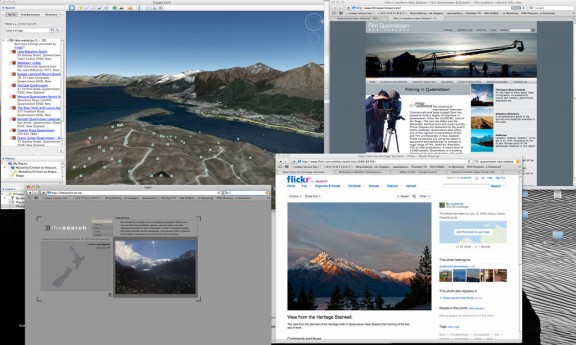
—–
[Want to know how we choose where to shoot our most important photo and video projects? Tune in! I’m Scott – Chase’s right hand man – and this guest blog post is the first in a series of three where I’ll be covering the steps I take in the role of Chase’s lead assistant that pertain to scouting shoot locations. This first post will go over the process of selecting locations from the comfort of your office – aka VIRTUAL SCOUTING.]
—–
We’re frequently hired to produce and shoot projects that take days or weeks to complete. In these instances it is very important to be efficient and well planned, as each hour is a significant investment in time and money for the client and whole crew. That said, as soon as we’ve received a rough concept from our client, we’re thinking about how to best execute. Our Executive Producer Kate takes on the contracts, travel arrangements, booking talent, getting permits, etc. My role is to gain as much knowledge about potential locations as possible so that we can be at the right place at the right time for the entire shoot.
This process starts early. Once we know what type of environment the client is looking for we begin researching and presenting various location options. This can be a place down the street from the studio or we may determine that we need to be on the other side of the world to get the job done. In this post we’ll focus on my favorite resources for researching the physical characteristics of potential locations.
There are a series of steps that we go through in order to evaluate potential locations. These include considering locations we’ve used in the past, researching new locations online, working with film commissions and hiring location scouts. Let me break each of these down.
Revisiting locations we’ve used in the past. The easiest locations to research are the ones you already know. If you’ve followed the blog for a while you’ve probably grown accustomed to seeing work from Seattle, Paris, Telluride, Palm Springs, San Diego, Hawaii and New Zealand. We’ve produced at least a hand full of shoots at each of these locations because they consistently meet our needs on many levels. We have resources from lodging to catering to transportation already in place. More importantly, we’re familiar with the locations and conditions that we have to work with. From any of these locations we have a large catalog of past work that we can spin through in order to see how well the location will work for the project at hand. We can pass this along to the client and they are often more comfortable knowing the we have knowledge and experience with the location we’re presenting.
Researching new locations online. If we are researching locations that we haven’t visited before, we need to get our hands a little dirtier. Like most dirty searches these days, this one starts with the internet. Nothing speaks more loudly to a photographer (or a client!) than photographs, so that’s what we look for first. If we know that we have to do a shoot that will have autumn foliage with rugged mountains in North America, I’ll start spinning through images on Flickr looking for the right type of environment. Usually a few places start to rise to the top, and that’s when we start to cross reference them with our other resources.
Working with film commissions. Most municipalities in the States have an office that specializes in the production of film and television. It is their job to attract and facilitate media projects that will bring business to their area, so they have a lot of tools to help you learn about the area and eventually execute a shoot. They can recommend popular locations, send photo and video examples and help with the permit process if you get that far. These offices are a great resource.
Hiring location scouts. Once we’ve done some online research and received information from the film and video office we will have further narrowed the search. Now we’re usually looking at 2-3 places and it’s time for us to get some very specific information. At this point, more frequently than not, we shell out a little money to get some current scouting photos from specific locations via a hired local location scout. These people are an invaluable resource. They specialize in maintaining a library of possible locations of all sorts within their geographic area. You can find good location scouts via the office of film/video or by just searching for them online. The good ones have thousands of photos on file, relationships with the people and businesses in their locale, and are happy to go out and shoot photos of current conditions in the locations that you’re interested in. We generally hire location scouts for this pre-scouting phase and we also make sure to work with them when we actually arrive on the ground.
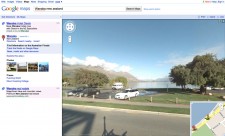 Researching locations online, again. In order to make sure the deck is stacked in our favor, I am in the habit of hopping on the computer one more time. This time I turn into a total dork at my desk and immerse myself in Google Earth, Google Maps Street View, and any other tools I can come up with. I’m looking for actual locations now, as in specific trails, buildings, roads, etc. Even going as far as taking into account what time of day light will be hitting the potential locations. Pairing this research with the resources of the location scout can lead to a very solid understanding of what we’ll see on location long before we even head to the airport.
Researching locations online, again. In order to make sure the deck is stacked in our favor, I am in the habit of hopping on the computer one more time. This time I turn into a total dork at my desk and immerse myself in Google Earth, Google Maps Street View, and any other tools I can come up with. I’m looking for actual locations now, as in specific trails, buildings, roads, etc. Even going as far as taking into account what time of day light will be hitting the potential locations. Pairing this research with the resources of the location scout can lead to a very solid understanding of what we’ll see on location long before we even head to the airport.
The whole process can be executed in just a day or two, and often is, due to tight timelines. Once complete, our research is packaged and presented to the client via a web gallery or pitch deck, and generally comes with a strong, well supported recommendation for a certain location. Nine times out of ten the client will arrive at the same conclusion as we did and it’s time for the production team to start booking flights and lodging. That’s all there is to it…almost. Except for that one great challenge of location photography: weather.
In the next installment in this series I’ll break down the tricks and tools we use to try to stay one step ahead of mother nature. Stay tuned.

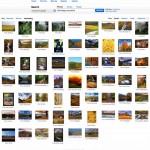

















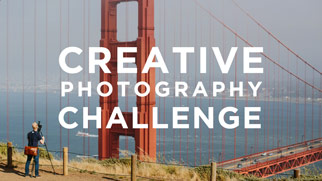
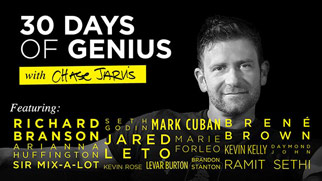




in the end……. a working 4story moonstone crack:
Superb, what a weblog it is! This webpage gives helpful data to us, keep it up.